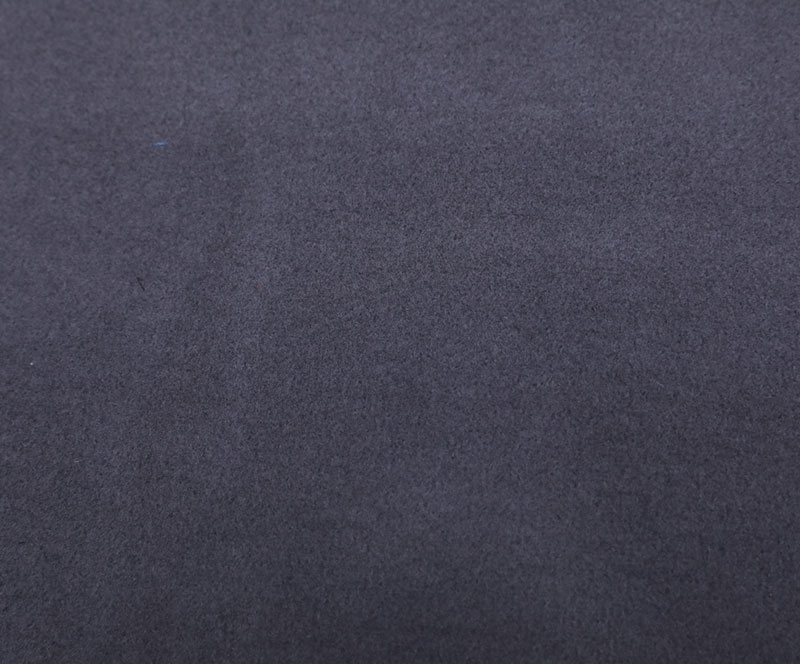

Why are some woven fabrics mercerized? What are […]
Why are some woven fabrics mercerized? What are the benefits of mercerizing for woven fabrics?
Why are some woven fabrics mercerized? What are the benefits of mercerizing for woven fabrics? When woven fabrics are dyed and finished, there are many categories to be mercerized. What is mercerizing? It means that when the fabric is under certain tension, with the help of concentrated caustic soda, and maintain the required size, it can obtain silk-like luster. This process is called mercerizing. Mercerization is not only used for cotton fabrics, many blended woven fabrics also use mercerizing technology.
1. What are the benefits of mercerizing to woven fabrics? The purpose of mercerizing is to improve the surface gloss and feel of some woven fabrics. Due to the expansion of the fibers, the fiber arrangement is more regular and the reflection of light is more regular, thus enhancing the gloss. Mercerizing can also improve the color yield of dyeing. After mercerizing, the crystalline area of the inner fiber of the woven fabric yarn is reduced, and the amorphous area is increased. Therefore, the dye enters the fiber more easily. The hiding power of dead cotton. In addition, mercerizing has a shaping effect, can eliminate rope-like wrinkles, and can better meet the quality requirements of dyeing and printing for semi-finished products. The most important thing is that after mercerizing, the stability of fabric stretching and deformation has been greatly improved, thus greatly reducing the shrinkage rate of woven fabrics.
2. The principle of mercerizing woven fabrics. The fiber has undergone irreversible swelling, the Na+ hydration degree is very strong, and a large amount of water is taken into the fiber, which causes the fiber to swell violently. In the process of mercerizing, natural cellulose, also called cellulose I, reacts with caustic soda to produce alkali cellulose. Alkaline cellulose is extremely unstable. After washing with water, it is hydrolyzed to produce hydrated (hydrated) cellulose, and then dehydrated and dried to obtain mercerized cellulose, namely cellulose II. The main factors that affect the mercerizing effect are the concentration of the lye, the temperature, the action time and the tension exerted on the fabric.
3. Mercerizing method.
(1) Dry cloth mercerizing. The traditional mercerizing of cotton woven fabrics is usually to process the dried and cooled fabric with a concentrated caustic soda solution at room temperature, that is, dry cloth mercerizing at room temperature. Dry cloth mercerizing process is easier to control and the quality is more stable. However, due to the requirement of drying, the energy consumption is relatively large and the production cycle is relatively long.
(2) Mercerized wet cloth. Wet cloth mercerizing can save the drying process before mercerizing, saving equipment and energy. Moreover, in the wet cloth mercerizing process, because the fiber is sufficiently expanded, the alkali absorption is uniform, and the product quality is better. However, wet cloth mercerizing requires high rolling water before mercerizing, the rolling margin rate should be low (50%~60%), and the rolling water should be uniform, otherwise it will affect the mercerizing effect. When the wet cloth is mercerized, the lye is easy to dilute, so the concentration of the lye should be high, and the concentration of the lye in the alkali tank should be kept uniform.
(3) Hot alkali mercerizing. The conventional mercerizing process is room temperature mercerizing (18-20°C). The lye is relatively viscous, not easy to penetrate, and easily causes "surface mercerization". It is more difficult to obtain uniform and thorough results for thick and compact fabrics. Hot alkali has good permeability, but poor puffing. Therefore, the mercerizing process of first heating the alkali and then cooling the alkali is adopted. The early infiltration of hot alkali is beneficial to the continuous infiltration of cold alkali solution, so that the fabric has a larger amount of alkali and produces uniform and effective puffing. The main advantages of hot alkali mercerizing:
(1) The mercerizing effect is uniform and the effect is good;
(2) Luster, strength and dimensional stability are superior to conventional mercerizing;
(3) It can be combined with the scouring process to shorten the process route, reduce costs, and improve economic benefits
https://www.hzmengda.com